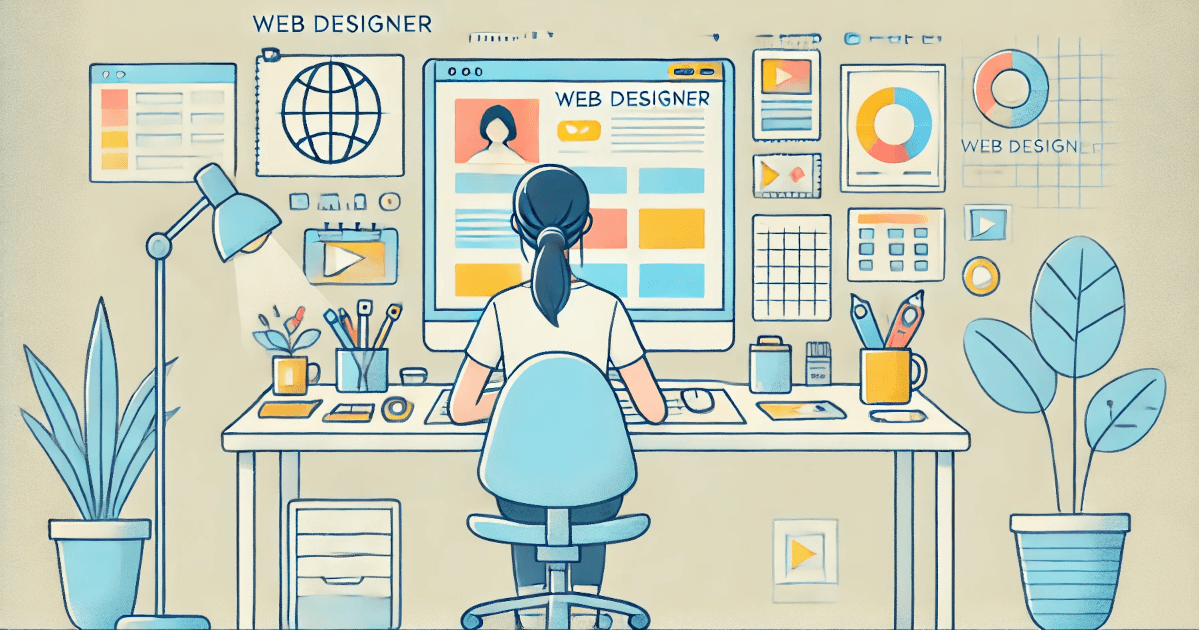
Interested in web design but unsure if it’s the right fit for you? While having a good eye for design is important, web designers also need to be tech-savvy and think logically. Do you have what it takes? Take this quiz to see if web design is the right career path for you.
A web designer is responsible for planning the design and layout of a website, providing a visually appealing and user-friendly experience. A website serves as the face of a company or individual, so it requires a balance between aesthetic appeal and functionality. In addition to using design software to create graphics and layouts, knowledge of coding languages such as HTML and CSS is essential. Furthermore, considering user experience (UX) is crucial in designing a site that allows visitors to achieve their goals smoothly.
Since the web design industry is constantly evolving, it is important to stay up-to-date with the latest technologies and design trends. Moreover, a web designer must accurately understand client requirements and propose designs that align with business objectives, requiring strong communication skills. Web design is a field that combines creativity and logical thinking, and having an eye for detail contributes to successful outcomes.
Web designers' work encompasses a wide range of areas, primarily including front-end design, UI/UX design, graphic design, motion design, content design, SEO design, interaction design, and responsive design.
Front-end design involves building web pages using HTML, CSS, and JavaScript. It is essential to consider responsive design and accessibility to ensure a smooth user experience.
UI/UX design focuses on analyzing user behavior and designing more user-friendly interfaces. Through information architecture and usability testing, intuitive user experiences can be created.
Additionally, graphic design emphasizes visual appeal, requiring careful selection of colors, fonts, and brand image elements. Motion design utilizes animations and videos, while SEO-focused design incorporates strategies to optimize search engine visibility.
To become a web designer, it is essential to acquire basic design skills and coding knowledge.
Attending specialized schools or online courses can help build a solid foundation. Mastery of design tools such as Photoshop and Illustrator is also crucial.
Furthermore, creating actual works and building a portfolio is important for showcasing your skills. Gaining experience and the ability to meet client expectations are key to securing jobs, whether as an employee or a freelancer.
Keeping up with the latest industry trends and continuously learning new technologies is essential. In addition to design skills, acquiring knowledge of marketing and SEO can help expand career opportunities. Moreover, enhancing programming skills and understanding visual communication will enable web designers to take on more advanced projects.